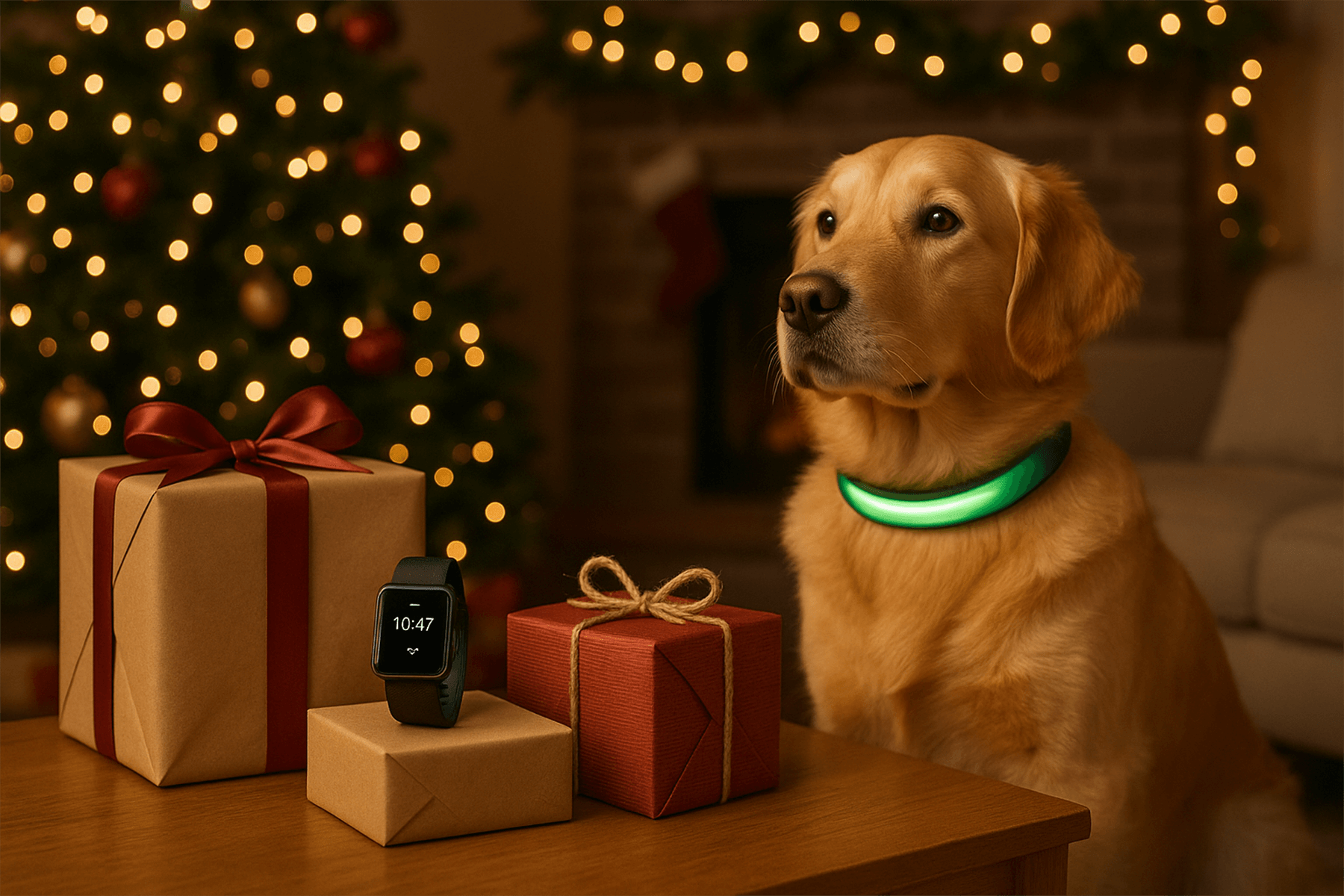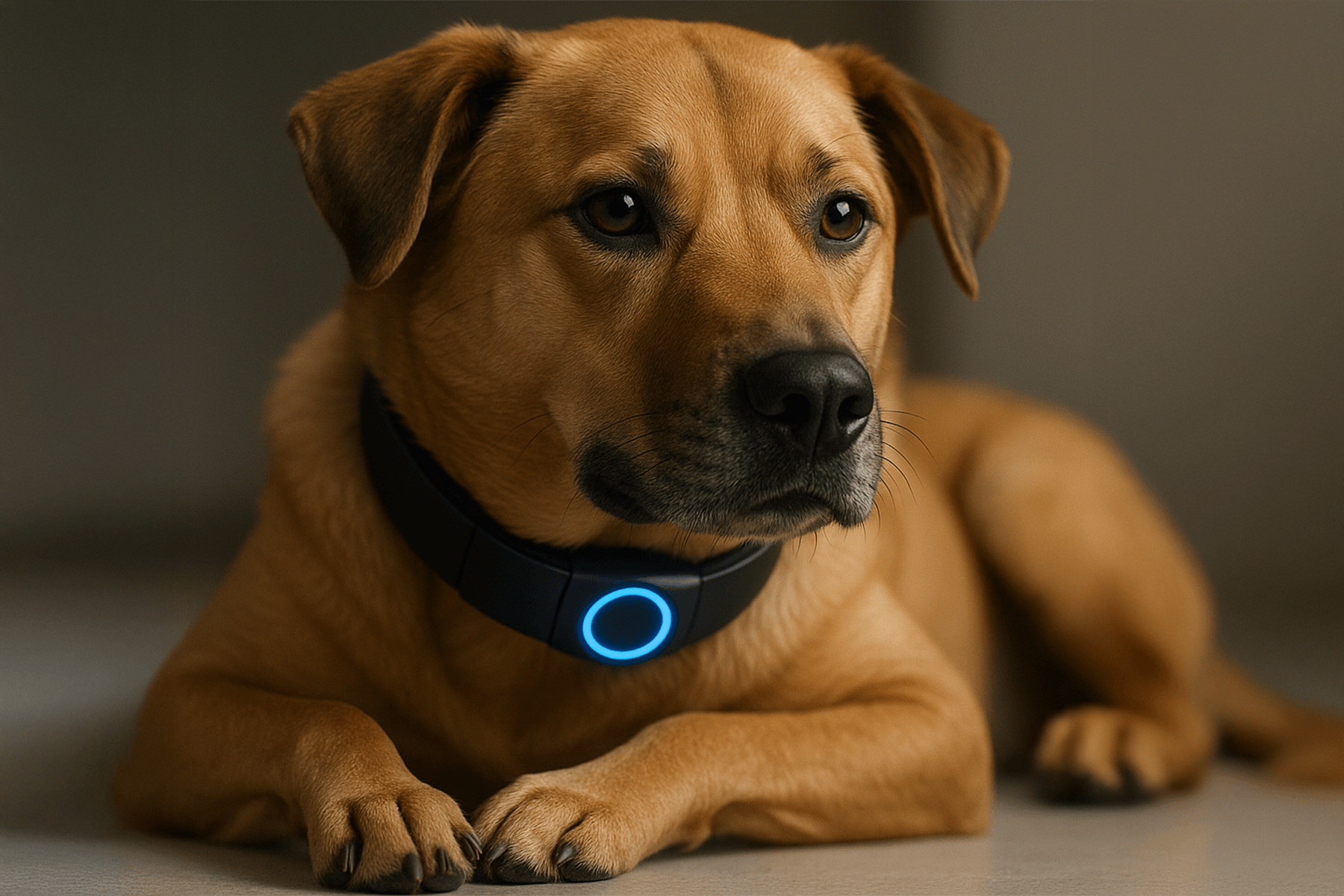Pet technology is shifting from location-based tracking to continuous health insight. What began as GPS-enabled collars is becoming a new category of AI pet health platforms that monitor not only movement but also wellness indicators, routines, and even subtle behavior changes. For pet owners, these devices promise more than convenience—they deliver data-driven peace of mind.
How AI Turns Routine Data Into Preventive Health Insights
Today’s smart pet health wearables use sensors similar to those in fitness trackers. Accelerometers, temperature monitors, and heart-rate sensors gather minute-by-minute data about a pet’s daily rhythm. Artificial intelligence models then compare new readings to historical baselines, identifying deviations that could signal stress, fatigue, or illness.
This technology shifts pet care from reactive to proactive. When activity levels dip or sleep becomes restless, owners receive an alert—often before a visible symptom appears. It’s a small step toward preventive veterinary care, powered by accessible AI analytics.
Real Devices Leading the Shift
Brands like Tractive and FitBark already integrate health metrics into their dashboards, combining GPS tracking with behavioral analytics. Startups such as Maven and PetPace extend these ideas further, offering multi-pet dashboards and direct data sharing with veterinarians. In parallel, research from the Cornell University College of Veterinary Medicine explores how machine learning can help identify early signs of chronic conditions based on motion and sleep data.
The emerging goal: a connected ecosystem where AI-powered pet health monitoring supports both owners and veterinary teams. Instead of annual checkups being the sole touchpoint, health insights accumulate daily—bridging the gap between visits.
Features to Watch in the Next Generation of Trackers
- Vital Sign Monitoring: New collars are beginning to estimate heart and respiratory rates, bringing clinical-style data into everyday contexts.
- Behavior Analytics: Algorithms can now detect excessive scratching, pacing, or licking—potential markers of anxiety or skin irritation.
- Vet Integration: Some apps allow direct report sharing or telehealth syncs for easier consultations.
- Privacy Controls: Transparent data-use policies are becoming a key buyer criterion, especially as these platforms collect sensitive wellness data.
Owners are no longer asking only how far their dog ran but also how well they are resting and recovering. This broadens the device’s purpose from tracking to holistic pet tracker health analytics AI.
Benefits and Limitations
Early adopters report greater confidence in daily routines—using data trends to adjust feeding, activity, or rest schedules. Over time, small pattern changes can highlight issues like joint stiffness or early obesity. These benefits, however, depend on consistent wear and careful interpretation.
No device replaces a veterinarian. Even the most advanced preventive pet care wearable offers guidance, not diagnosis. False alerts and sensor errors remain possible, and the technology performs best when paired with professional oversight.
Key Takeaways
- AI pet trackers are evolving into comprehensive health platforms focused on behavior, sleep, and wellness.
- Machine learning enables personalized insights, supporting earlier detection of potential issues.
- Collars and apps work best when integrated with regular veterinary care and owner observation.
What This Means for You
For busy pet owners, these new AI pet health platforms deliver a clear advantage: continuous, data-based awareness. Instead of guessing whether a pet seems lethargic or anxious, owners can consult evidence-based trends. As these systems evolve, they promise to make preventive care easier—helping pets live longer, healthier lives with fewer surprises.
FAQ
Do AI pet trackers replace regular vet visits?
No. They complement professional care by providing daily behavioral and activity data that can help inform veterinary decisions.
Can these devices be used for both dogs and cats?
Yes, though comfort and accuracy vary by size and model. Look for adjustable or lightweight designs suited for your specific pet.



